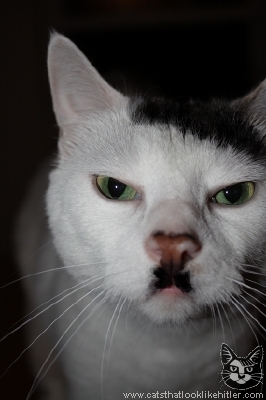| 500grains |
| (.416 member) |
| 20/08/04 01:22 AM |

|
|
|
They will also last 200 years.
A best quality heavily engraved English gun that is not shot much or at all will indeed last 200 years. But there are lots of mid grade and field grade English guns out there less than 100 years old that are very ratty, off face, loose and out of regulation. That does not mean that an English gun is necessarily bad, but most of those which have been used a lot show it. In fact, in the past 10 years there have been reports of newly-made English guns coming off face in 250 rounds or so. Perhaps that was due to abuse, or perhaps not. I have also heard of 2 separate reports of recent production H&H's doubling in the field, through no fault of the shooter. Often folks who hunt with vintage English guns send them off to a competent double gunsmith yearly to be tightened up.
Further, Brown Bess muskets have lasted more than 200 years, but that does not mean they were of fabulous quality when made.
Another intersting fact is that the Great Depression and World War II deprived many of the master double rifle makers in London of their livelihood and sent them either into retirement or on to paying work. The result was a loss of this skill, and consequently some flaky quality double guns were being made in London in the post World War II era.
But as to which is better, one way to compare rifles is by exterior appearance. That is a matter of personal taste.
Another way to compare rifles is by 'feel' and 'handling'. Again, this is subjective and cannot be measured by any quantitative method. I have seen English and continental doubles that fit me beautifully, and others that fit and handled like crap. Likewise, not every American made rifle fits me well, but some do. As a custom rifle is made to fit a particular person, it is difficult to criticize the fit of a rifle that was not made to fit you because it may fit the guy it was built for just wonderfully.
Another way to compare is by the amount of labor that goes into each rifle. A best quality English double takes about 700 man hours of work to make, not including engraving time. I doubt a $10K double has anywhere near that many man hours in it, but it was not intended to either. There is also an efficiency factor to consider, as a production gunmaker will be much more efficient than a gunsmith who turns out hand made items one at a time. That does not mean the production gun is not as good as the hand made gun, but the production gun does take less time to make.
Another way to compare double rifles is durability. Other than anecdotal evidence, this is a tough one. Some English guns are reported going off face at 250 rounds, and at least one Searcy has lasted more than 6000 rounds without going off face. But since this is only anecdotal evidence, no firm conclusions can be reaches. A better way to compare durability would be to fire a new Searcy, Kriehoff, Merkel, Heym, Purdey, H&H and WR all side by side for 5000 rounds to see the order in which they go off face, go out of regulation, split stocks, or otherwise malfunction. It would be quite an expensive and time consuming proposition, and I doubt anyone will try it.
Another way to compare doubles is to look at what guns are winning the double rifle shooting competitions. Australia has some of these competitions, although it might not be a fair measure since most of the rifles there are vintage English. Without significant representation by newly made rifles, the results will be skewed. In other words, if 9 out of 10 rifles entered into the competition are vintage English, it should be no surprise when a vintage English gun wins.
The US also has a double rifle shooting championship. Last year it was won by Butch Searcy shooting one of his rifles that is presently owned by Ray Atkinson.